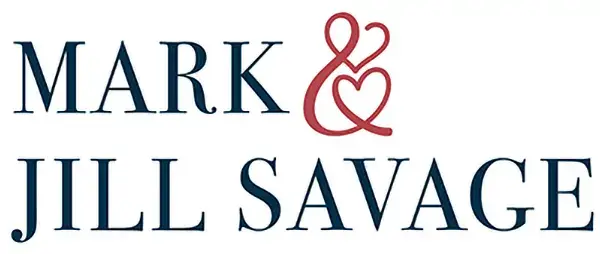The start of the new year is a great time to begin something new. For over ten years I’ve had the opportunity to share family encouragement with the readers of the Pantagraph newspaper in Central Illinois. Beginning today, I’ll be sharing an article I’ve written each week.
I hope you’ll be encouraged!
Margin
By Jill Savage
It’s the start of a new year. This is the day that you set your resolutions and commit to them for…well maybe the next two weeks. The truth is resolutions are useless if you focus only on your actions and not on the thinking that drives the actions. Successful changes require not only a change in behavior, but a change in belief.
That’s what happened to me in the past year after reading the book Margin by Dr. Richard Swenson. I was looking for better time management skills. I’d read hundreds of tips for managing time better over the years, but changing habits and actions didn’t last longer than…well about two weeks. That was until I learned about margin.
Usually the word margin is used to describe the white space on the pages of something printed, like the newspaper you are holding. Without white space, you and I would be unable to read the black text printed on the page. Our lives work in the same way. We need white space in our time and our finances. We need emotional and physical white space.
The truth is, however, our technology, our speed of life, and our cultural demands don’t encourage margin. In fact, it encourages the opposite: we need to do more, have more, accomplish more to be happy.
I’ve not accomplished margin in all areas of my life, but for the first time I’m making changes that last not because of new habits but because of a new mindset. Here’s a peek at what margin looks like:
Emotional Energy: Margin in emotional energy allows us to confront life’s challenges with a sense of hope and power. Emotional energy is refueled with friendships and laughter. It is cultivated by serving others. It is nurtured through crying in grief or in happiness. If you lack emotional white space in our life, look to expand your relationships, learn to laugh and cry more freely, or step out and volunteer or serve in a way that gives of yourself.
Physical Energy: Physical energy has three components: exercise, nutrition, and rest. Only a body that is well-rested, properly exercised, and correctly fed will be able to maintain its energy reserves in the face of serious stress. If you lack physical energy, look at each of these areas of your life. Our body is an amazing gift. If we feed it, water it, rest it, and move it, we will find energy we never knew we had.
Time Management: Create buffer zones—breathing room—in your time. Rather than butting appointments right up to each other, leave a 30 minute buffer zone to transition from one activity to the next. Learn to say no—know your limits and stick with them. Turn off the TV—television can steal a lot of time. Finally, limit each child to one activity and commit to only one outside activity yourself. When you increase margin, it allows for availability—availability when your child needs a listening ear, availability when your spouse longs for some one-on-one time, availability when the neighbor needs you to help move some furniture, availability when your aging parent needs you to accompany them to a doctor appointment.
Finances: Having margin in our finances is counter-cultural. In our “credit-card-maxed, keep-up-with-the-Jones’” culture, choosing to have margin in our finances is almost unheard of. Restoring financial margin requires walking in a different direction than we are encouraged to walk. It requires paying off debt and living within our means. It necessitates living on a budget. It demands the practice of delayed gratification by learning to live without something we’d really like to have or waiting until we can really afford something we’d love to own.
Having margin in our life is a pre-requisite for well-being emotionally, physically, and financially. It grants freedom and permits rest. It nourishes both relationship and service. Margin is the amount allowed beyond that which is needed. It is something held in reserve for unanticipated situations. It is availability.
If we really want to make changes in any area of our life, understanding margin just might be key to making a new year’s resolution that actually sticks. It’s a lofty goal—probably long-term at best. But with margin in place we will work better, run better, feel better, heal better and live better.













Thanks for the reminder Jill. Such an excellent resource… I was very convicted, years ago, the first time I heard Mr. Swenson on Focus on the Family. Susan T